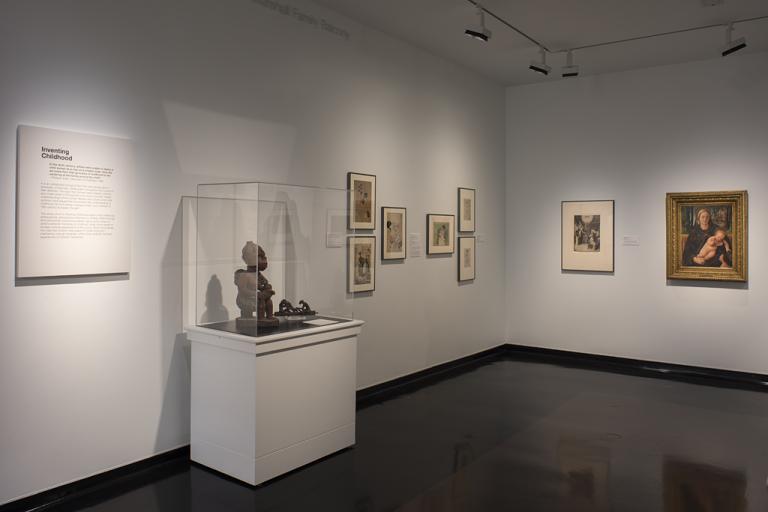Tomoko and Mother in the Bath, W. Eugene Smith
Artwork Overview
W. Eugene Smith, artist
1918–1978
Tomoko and Mother in the Bath,
1972
Portfolio/Series title: published in LIFE, 1972
Where object was made: United States
Material/technique: gelatin silver print
Dimensions:
Image Dimensions Height/Width (Height x Width): 28.5 x 47 cm
Image Dimensions Height/Width (Height x Width): 11 1/4 x 18 1/2 in
Mat Dimensions (Height x Width): 20 x 25 in
Image Dimensions Height/Width (Height x Width): 28.5 x 47 cm
Image Dimensions Height/Width (Height x Width): 11 1/4 x 18 1/2 in
Mat Dimensions (Height x Width): 20 x 25 in
Credit line: Museum purchase
Accession number: 1973.0004
Not on display
If you wish to reproduce this image, please submit an image request








